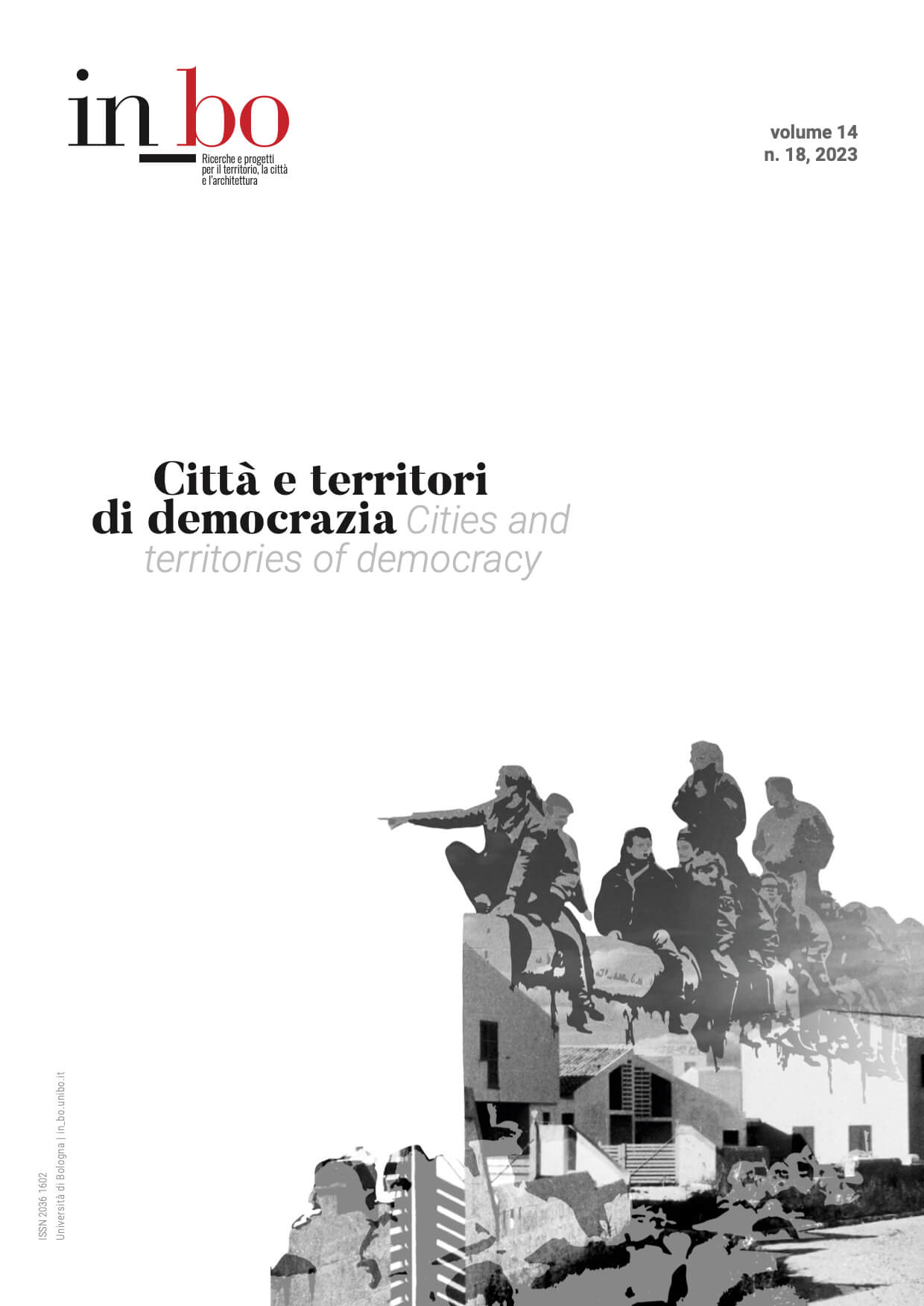To Whom Does the City Belong? Tools of Re-appropriation of Public Space in a City (Still) Designed by Men. The Case Study of CHEAP in Bologna
DOI:
https://doi.org/10.6092/issn.2036-1602/14820Keywords:
gender geography, urban planning, patriarchal city, urban space, public artAbstract
Since their origins, our cities have been conceived and are still imagined and planned according to cultural and urban schemes that reproduce geometries complicit with the patriarchal and neoliberal system. City governments assume a central role in this process through the promotion of corporate policies and rules, on the one hand, and exclusionary urban planning projects on the other. In both cases, the ideal user of the city remains the white, cisgender, heterosexual, able-bodied man or, otherwise, households which reproduce the cisheteropatriarchal norm.
After tracing the approaches of some authors who have analysed and problematised the issue of contemporary urban space through the lens of a intersectional perspective, the case study of CHEAP, a Bolognese urban art collective that, through the practice of poster art, questions the normativisation of public space, will be presented.
Downloads
Published
How to Cite
Issue
Section
License
Copyright (c) 2023 Gioacchino Piras, Silvia Mazzaglia

This work is licensed under a Creative Commons Attribution-NonCommercial 3.0 Unported License.





